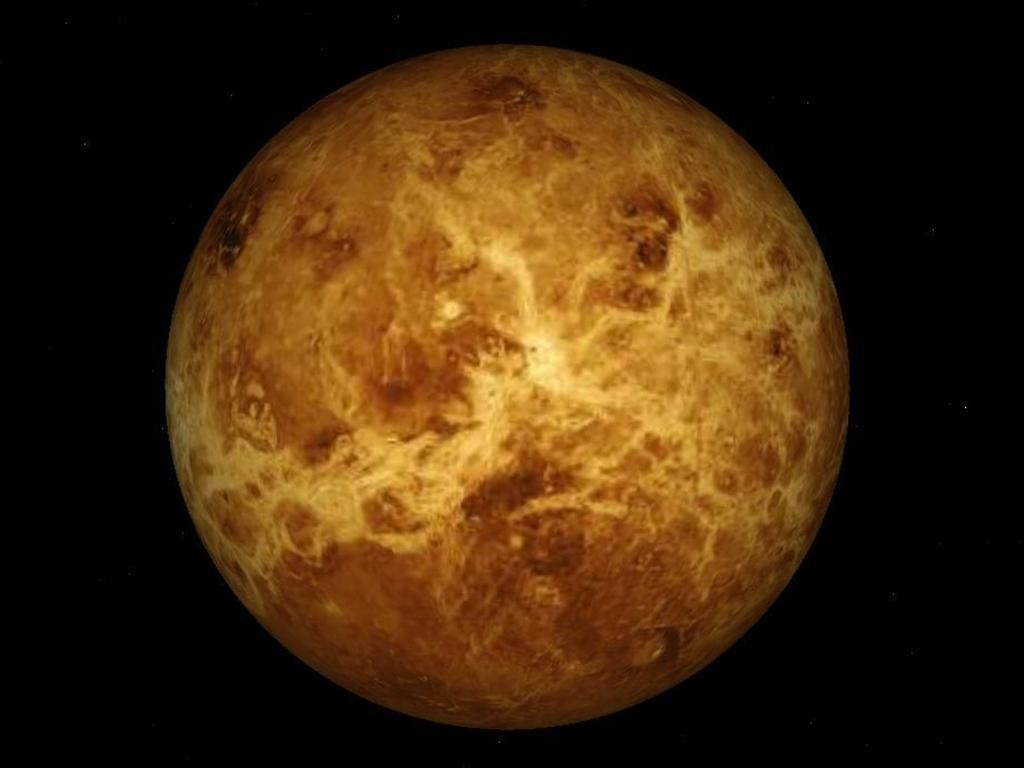A new research has led space scientists to believe that Venus could once have been flooded with an ocean of carbon dioxide – not necessarily in liquid form, but in gaseous form, and this could have been responsible for the hollow carved out on its surface.
Being the second planet in our sun nearest to the Earth, Venus is sometimes referred to as the Earth’s sister planet, and it is much closer to the Earth than Mars itself. Venus utilizes 224.7 days to orbit the sun, and considering the fact that its bright light makes it visible in the Earth’s night sky, anyone can see it from the proper angle on a favorable night.
Venus is the hottest planet in our solar system with a temperature of 863 degrees Fahrenheit, and slightly hotter than Mercury which is closest to the sun with a temperature of 800 degrees Fahrenheit. Scientists are now of the opinion that some million years ago, the combined heat of atmospheric pressures produced a supercritical state of carbon dioxide that could have melted substances into liquids while also making it gaseous in some form.
According to Dima Bolmatov, a theoretical physicist leading the research, “Presently, the atmosphere of Venus is mostly carbon dioxide, 96.5 percent by volume,” and this makes scientists to opine that the clusters of CO2 would have resembled soap bubbles.
Carbon dioxide is considered a trace gas on Earth where it is in the concentration of 0.04% within the atmosphere. It occurs naturally and made up of oxygen atoms bonded to a single atom of carbon – and it could also be given off as well by other creatures. It is found responsible for global warming and causes the melting of ice caps, flooding, and natural storms as well as heat waves.


